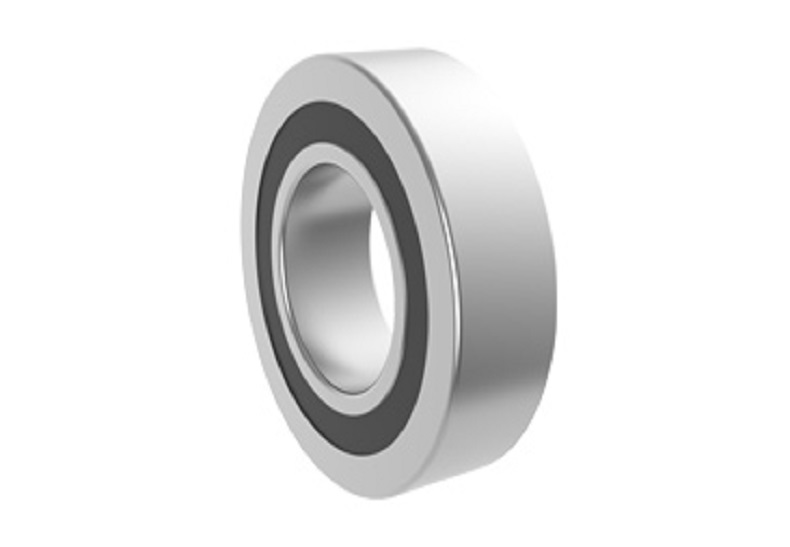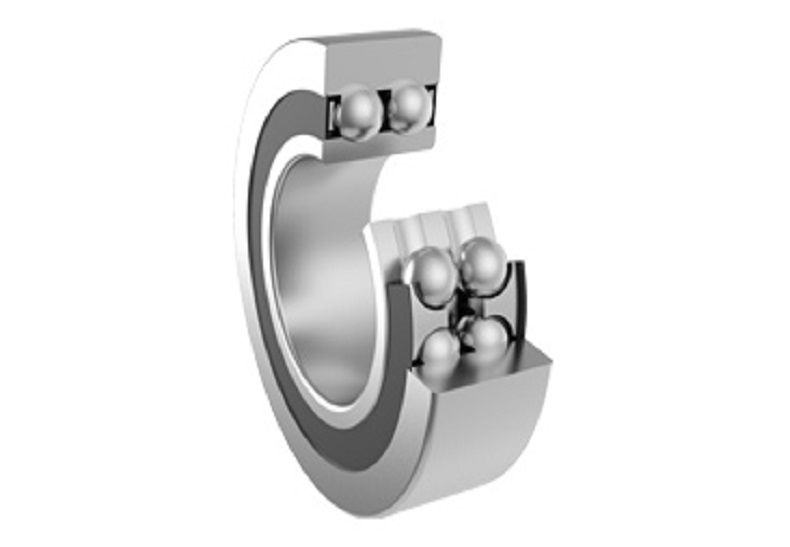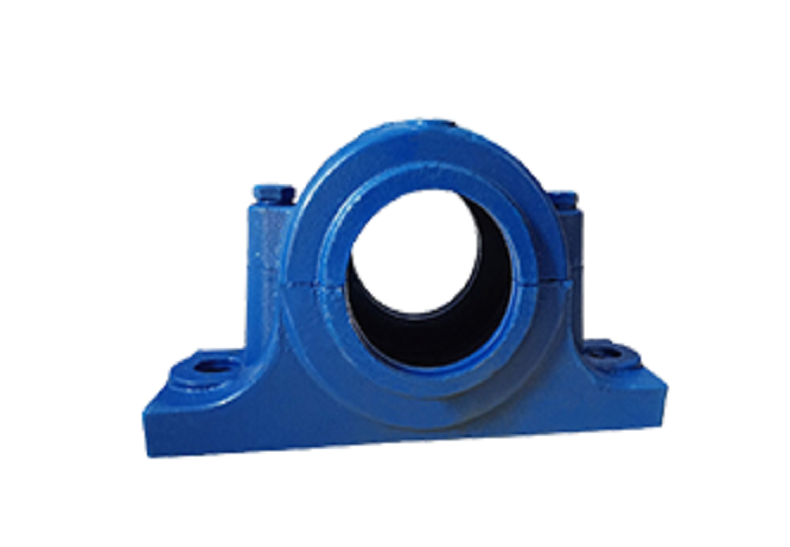Design Considerations for V-Groove Bearing Tracks
When designing a V-groove bearing track, there are several important considerations that must be taken into account to ensure optimal performance and longevity. Whether you are designing a new system or upgrading an existing one, the following design considerations will help you create a track that maximizes the efficiency and reliability of your bearings.
Material Selection
Choosing the right material for your V-groove bearing track is essential to ensure smooth operation and minimal wear over time. The material should be durable, corrosion-resistant, and able to withstand the weight and forces placed on it by the bearings. Common materials used for V-groove bearing tracks include stainless steel, hardened steel, and aluminum. It is important to consider the specific requirements of your application when selecting the material to ensure a track that will perform reliably under the expected conditions.
Geometry and Dimensions
The geometry and dimensions of the V-groove bearing track play a crucial role in the performance of the system. The groove should be designed to provide a precise and secure fit for the bearings, preventing any unwanted movement or play. The depth and width of the groove should be carefully calculated based on the size and type of bearings being used, as well as the expected load and speed of the system. Additionally, the angle of the V-groove should be optimized to minimize friction and ensure smooth movement of the bearings along the track.
Surface Finish
A smooth surface finish is essential for reducing friction and wear on the V-groove bearing track. Any roughness or imperfections on the surface can cause the bearings to experience increased resistance and premature wear, leading to decreased performance and potential failure of the system. The surface finish should be carefully inspected and maintained to ensure that it meets the required specifications for the application. Regular cleaning and lubrication can also help to prolong the life of the V-groove bearing track and optimize the performance of the bearings.
Alignment and Installation
Proper alignment and installation of the V-groove bearing track are critical for ensuring optimal performance and longevity of the system. The track should be securely mounted to a rigid surface, with the grooves aligned in a straight and parallel manner to prevent any misalignment or uneven wear on the bearings. Care should also be taken to ensure that the track is positioned at the correct height and angle to ensure smooth movement of the bearings along the track. Regular maintenance and inspection of the track are essential to detect any signs of misalignment or wear and address them promptly to prevent damage to the bearings and track.
In conclusion, designing a V-groove bearing track requires careful consideration of the material, geometry, dimensions, surface finish, alignment, and installation to ensure optimal performance and longevity of the system. By following these design considerations and guidelines, you can create a track that provides smooth and reliable operation for your bearings, minimizing friction, wear, and potential failure. Remember that the success of your V-groove bearing track ultimately depends on the attention to detail and quality of the design and installation process.














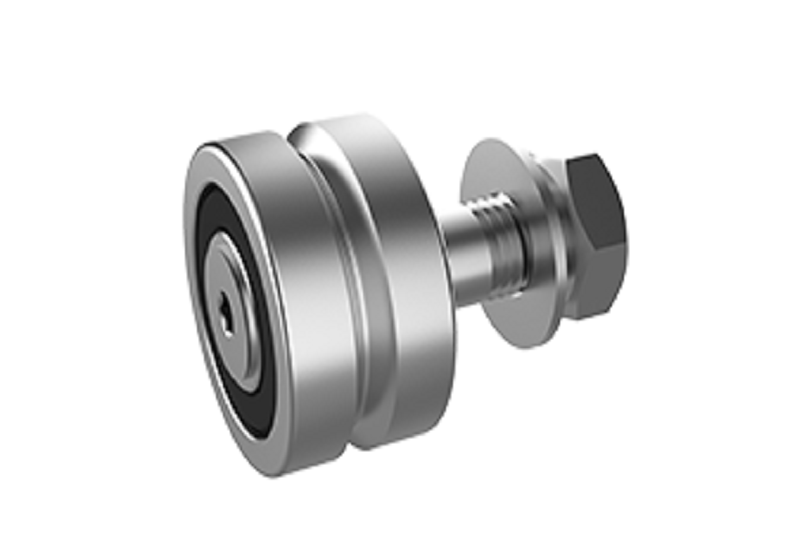
 English
English  français
français  Deutsch
Deutsch  italiano
italiano 


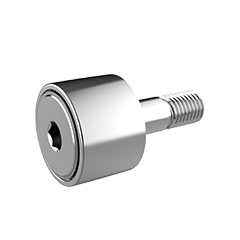
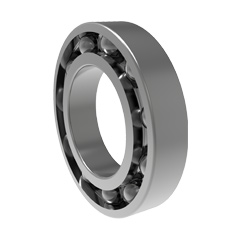
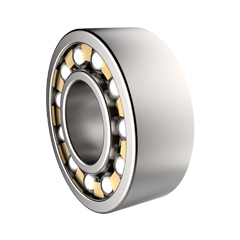
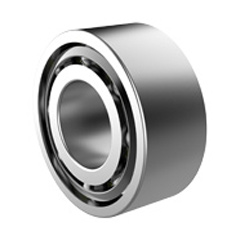
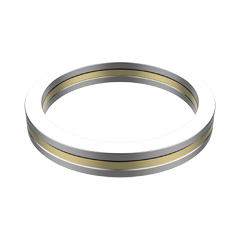
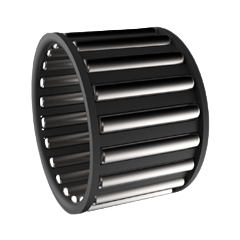
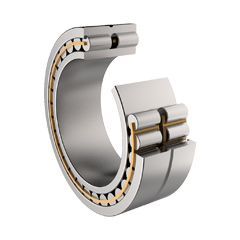
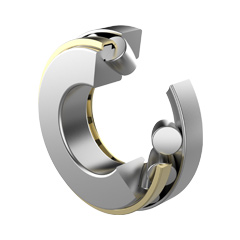
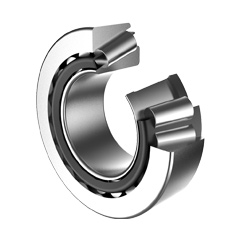
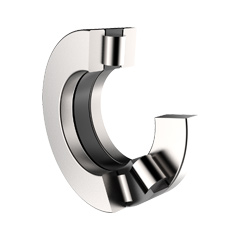
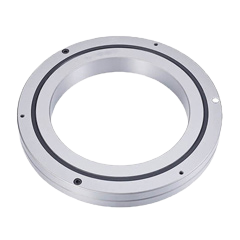
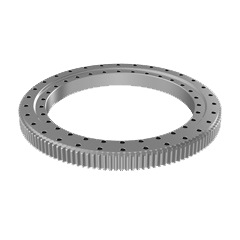
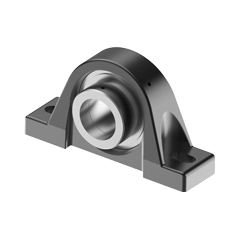
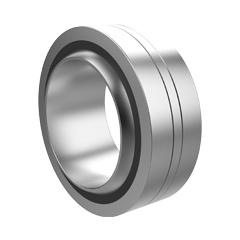

 English
English  français
français  Deutsch
Deutsch  italiano
italiano 

